The colour
A mineral can have several colours (e.g. fluorite) but several minerals can have the same colour. A distinction is made between intrinsic colour and extrinsic colour.
The intrinsic colour
cut almandine garnet
Example red garnet coloured by divalent iron in its cubes
peridot or olivine cut into a drop
Olivine coloured green by divalent iron in its octahedra.
The extrinsic colour
The chromophore impurities
Beryl coloured green by traces of chromium (emerald)
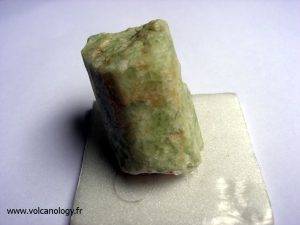
The coloured centres
Example of smoky quartz
The inclusions
biterminated hematoid quartz
Example milky quartz (fluid inclusions) or red (iron oxide inclusion)
The luster
Luster defines the way the mineral reflects light.
Metallic luster
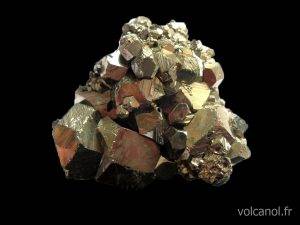
Sphalerite diamond
Vitreous luster
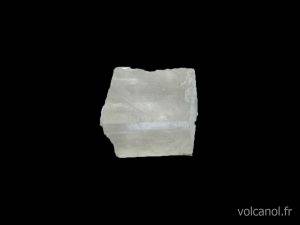
Calcite optique
Mica
Oily sheen
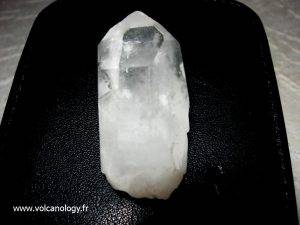
Quartz
The resinous sheen
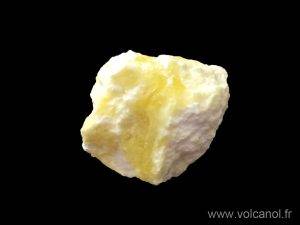
The shape
Initially, two categories of shape are distinguished: automorphic crystals and xenomorphic crystals.
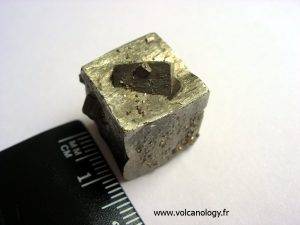
Each crystal system can give rise to several facies, i.e. several shapes from the original form. For example, by the play of truncations, the cubic form can give rise to forms derived up to the octahedron.
The habitus gives an indication of the relationship between the different dimensions of a crystal.
The isodiametric or equant habitus
The size ratio is close to 1. This habitus is systematically encountered for minerals of the cubic system.

The tabular or shelf habitus
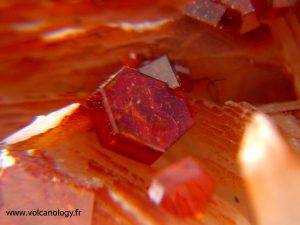
The Prismatic Habitus
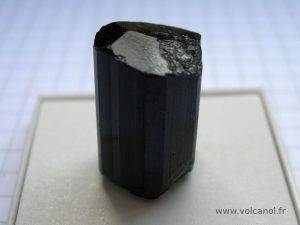
The barrel habitus
Example of corundum
The lamellar habitus
This habitus is close to the tablet habitus but the thickness of the crystal is much thinner.
Example mica
The acicular or needle-like habitus
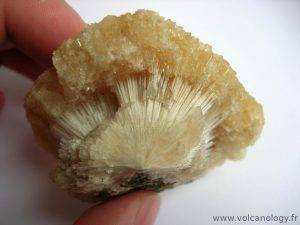
The filamentous or fibrous habitus
Example of asbestos
The aggregates
Aggregates indicate how the crystals fit together.
The radiating aggregates
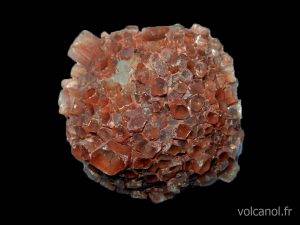
The cross-linked aggregates
Dendritic aggregates
The columnar aggregates
The fibrous aggregates
Stellar or hedgehog aggregates

Spheroidal aggregates
The botryoidal aggregates
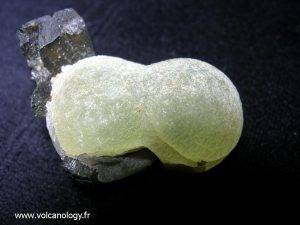
The mamelon aggregates
The reniform aggregates
The lamellar aggregates
The feathery aggregates
The granular aggregates
The shape
The shapes of crystals can have several features:
Curved faces
black tourmaline schorl or schorlite variety
Striated faces
Example pyrite or quartz
Hardness
Find full details of the Mohs hardness scale.
The density
Density depends on the chemical composition of the mineral as well as the way its crystal structure is assembled (compactness).
Breaks and cleavages
Some minerals have the particularity of fracturing under the effect of a mechanical force according to preferential planes of breakage, which are called cleavage planes.
Conchoidal fracture
Example of quartz, garnet, cordierite
Mineral with 1 cleavage plane
Example mica
Mineral with 2 cleavage planes
Amphibole pyroxene
Mineral with 3 cleavage planes
Optical calcite
Calcite
4 cleavage plane mineral
Musquiz fluorite
Fluorite
The trace
The trace of a mineral is obtained by rubbing it on frosted porcelain. This therefore corresponds to the colour of the mineral’s powder. This only works for minerals with a hardness of less than 6 – 6.5.
Leave a Reply